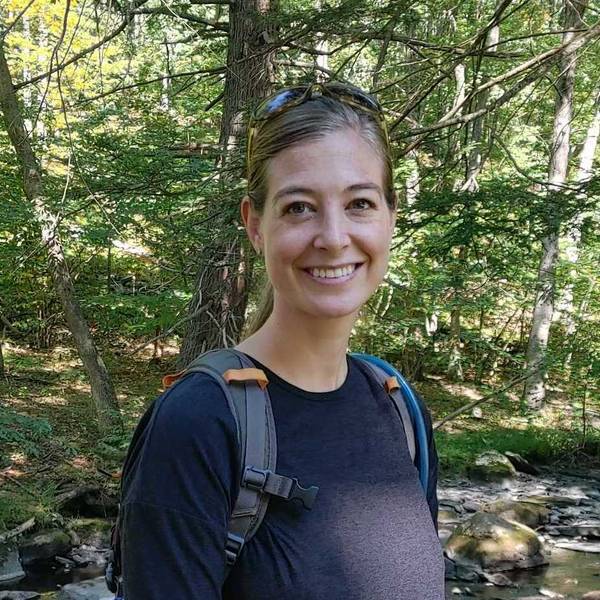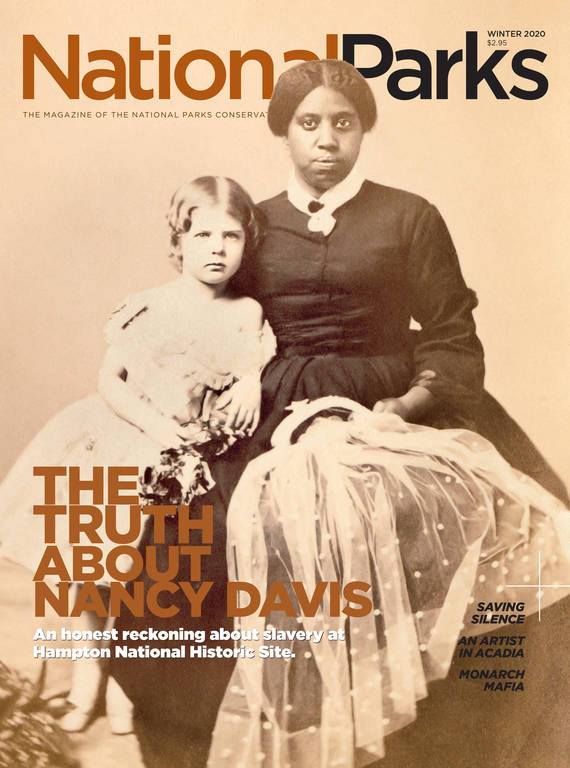Winter 2020
Of Cats and Men
Gettysburg’s Civil War Tails offers a cat’s-eye view of battle.
It started with a book. Well, two books, really. And some clay. And a little creative license. The year was 1995, and Rebecca Brown, a homeschooled fifth grader from Pennsylvania, discovered biographies of Gens. Ulysses S. Grant and Robert E. Lee in her family’s collection of books. Inspired by what she read, she sculpted the two generals using modeling clay.
Soon, her burgeoning interest rubbed off on her twin sister, Ruth. The two began devouring books about the Civil War and crafting more soldiers. And then more after that. “The next thing you know,” Ruth Brown said, “we had several thousand on hand.” Over time, they whittled down the size of their models and refined the details, adding jacket piping and corps badges, but one incongruous detail remained unchanged: The soldiers were all cats.
The twins’ early fascination with the Civil War, like their affinity for cats, endured through high school and college. In 2013, with their hobby threatening to overrun their parents’ house, they decided to give their four-legged soldiers a forever home. They purchased a 150-year-old building kitty-corner to Gettysburg National Military Park and converted it into the Civil War Tails at the Homestead Diorama Museum.
Though most of the town’s tourists come expressly to see the military park, nearly 2,000 people find their way every year to the Browns’ museum, where they encounter 7,000 buff-colored, breeches-clad felines, meticulously arrayed across fort, field and ship. The scenes span time and geography, depicting watershed moments in one of the bloodiest chapters in this country’s history.
In the front room, a 41-square-foot recreation of Pickett’s Charge takes center stage. The diorama, showing the third day of the 1863 Battle of Gettysburg, features cats-cum-soldiers lined up eight-deep along opposing fence lines, separated by a swath of farmland littered with fallen soldiers. Other rooms spotlight a besieged Fort Sumter during the war’s first days, a naval standoff between the CSS Virginia and the USS Monitor during the 1862 Battle of the Ironclads at Hampton Roads, and a flank-to-flank engagement at East Cavalry Field (the equine counterpart to Pickett’s Charge). The twins also pay homage to Luke Brown, a private in the Union Army who was their great-great-grandfather’s half-brother. His plight as a prisoner of war is captured by their small, bleak display of Andersonville.
“It’s absolute folk art,” said Joseph Miechle, a collections technician at Naval History and Heritage Command who worked at Hampton Roads Naval Museum until recently. He visited Civil War Tails specifically to examine the Hampton Roads exhibit and was awed by the depth of the Browns’ research and attention to detail, including their to-scale representation of each service member, from battle-worn general to rank-and-file soldier. “They can point to specific people and tell their story,” Miechle said.
Getting the facts right is a point of pride for the sisters, but it doesn’t come easily. They rely on National Park Service diagrams, aerial imagery, topographic maps, their collection of more than 500 Civil War books and — when all else fails — Google. Any remaining data gaps can often be filled with site visits. Rebecca estimates she has walked the fields of Gettysburg dozens of times to visualize the lines of charging soldiers or confirm the locations of key terrain features.
It’s a habit born from years of tromping across battlefields with her sister and father, Luke Brown (a namesake of the private). The designated field-trip leader, the elder Brown planned annual excursions to see reenactments of his daughters’ favorite battles starting in the 1990s. Then, when the girls were 14, the trio embarked on a two-week loop through the Southeast, exploring one or two battlefields a day (many of them national park sites). They visited Chickamauga & Chattanooga National Military Park in Georgia and Tennessee and Vicksburg National Military Park in Mississippi. They traveled to Fort Sumter and Fort Moultrie National Historical Park in South Carolina to see where the war started and Appomattox Court House National Historical Park in Virginia to see where it ended. A highlight of the trip, Rebecca said, was their tour of Andersonville National Historic Site, where they saw Pvt. Luke Brown’s grave.
Soon after, Rebecca and Ruth began staging their whiskered soldiers in increasingly elaborate Civil War scenes, which they shared with friends and family. They also carted their soldiers to Fort Washington Estates, the retirement residence where they worked during high school, using boxes presciently labeled “Clay Civil War Cat Museum.”
Don Kasper, the culinary and nutritional services director at Fort Washington Estates, remembers how the Browns would dress in period garb during these annual presentations. “People loved it,” he said. “We thought it was crazy and cool.”
Ultimately, however, the cats were not designed for life on the road. “Trucking them back and forth to set them up for a day was kind of hard on the cats,” Ruth said. Not only can the clay melt in summer heat, but routinely disassembling large exhibits with thousands of pieces was unsustainable. Storage became an issue, too. Their mother, Linda Brown, recalls finally having to say, “Look, I’ve run out of closet space, garage space, attic space and basement space. You’ve got to do something about this.”
So, they moved to Gettysburg. The sisters, now 35, live above Civil War Tails and spend innumerable hours fine-tuning their exhibits, some of which take years of fastidious handcrafting to finish. Rebecca, whose zeal for model making extends to World War II aircraft and ships, staffs the museum full time. A criminal defense lawyer by day, Ruth spends her Saturdays at the museum and manages the website.
Inevitably, visitors ask: Why cats? The answer is both whimsical (as children, they pretended to be cats) and practical (cats are simpler to make). It’s possible to sculpt people, Rebecca said, but “humans are just long and gangly.” Besides, she added, “you’re not going to crank out 3,000 people by hand for Pickett’s Charge. … I’m sorry, it’s just not going to happen.”

National Parks
You can read this and other stories about history, nature, culture, art, conservation, travel, science and more in National Parks magazine. Your tax-deductible membership donation of $25 or more entitles…
See more ›Amazingly, some visitors tour the entire space without realizing they’re seeing cats, but the Browns don’t feel compelled to enlighten them. After all, Rebecca said, “having been making them for 20 years, I kind of forget they’re cats now. I’m just cranking out these soldiers, and I’m thinking about the men they represent.”
Others — the self-described cat lovers — seek out the museum specifically for the feline focus, but the exhibits often affect them in ways they didn’t anticipate. “We’ve had several people, when they’re looking at Pickett’s Charge, comment on how if they were looking at human figures lying there — the killed and wounded — they wouldn’t think twice about it,” Rebecca said. But the injustice of bloodied paws and prone, pointy-eared figures resonates.
It’s a response Rebecca never expected. “The cats,” she said, “are making the history real for people.”
About the author
-
 Katherine DeGroff Associate and Online Editor
Katherine DeGroff Associate and Online EditorKatherine is the associate editor of National Parks magazine. Before joining NPCA, Katherine monitored easements at land trusts in Virginia and New Mexico, encouraged bear-aware behavior at Grand Teton National Park, and served as a naturalist for a small environmental education organization in the heart of the Colorado Rockies.



